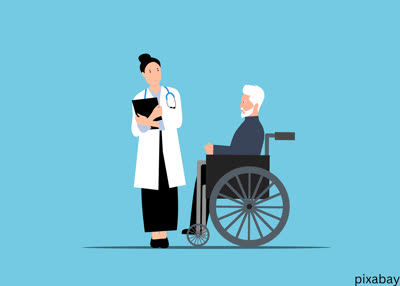Who Needs Critical Illness Health Insurance? What Does It Entail?
Understanding Critical Illness Health Insurance
Critical Illness Health Insurance is designed to provide financial protection against specific severe health conditions. Upon diagnosis and confirmation of one of the covered illnesses, or after undergoing certain medical procedures, this insurance pays out a lump sum amount.
Who Needs Critical Illness Health Insurance?
Anyone at risk of contracting one of the covered illnesses should consider having Critical Illness Health Insurance. It is especially crucial for individuals who are the sole breadwinners in their families. This coverage helps manage immediate financial needs and compensates for loss of income due to a serious illness. Additionally, the premium is tax-deductible, and the sum assured on a claim is tax-free, making it a smart choice for peace of mind.
Key Features of Critical Illness Health Insurance
1. High Coverage at Lower Premiums
- Compared to comprehensive health insurance plans, critical illness cover is available at a lower cost as it focuses on a specific set of diseases.

2. Coverage for Multiple Critical Illnesses
- The more illnesses and procedures covered, the better the insurance coverage, although this may slightly increase the premium.
3. Different from Regular Mediclaim Policies
- While mediclaim covers hospitalization and related expenses, critical illness insurance also covers loss of income due to inability to work.
4. Lump Sum Payment
- Unlike mediclaim insurance, which reimburses actual medical costs, critical illness insurance provides a lump sum payment upon claim settlement. This payment may be staggered over time based on the policy terms.
5. Claims Based on Diagnostic Reports
- Given the significant payout, claims are assessed by independent medical practitioners. Insurers may seek a second opinion to confirm that all policy conditions are met before settling a claim.
6. Waiting Period
- Policies have a waiting period before a claim can be made. Shorter waiting periods indicate better coverage.
7. Survival Period
- The insured must survive a certain number of days after diagnosis before a claim can be made. Shorter survival periods are preferable.
8. Income Replacement
- Part of the lump sum received can be used to replace lost income.
9. Tax-Free Payout
- The lump sum amount received after claim settlement is tax-free.
What Does a Critical Illness Plan Cover?
A Critical Illness Plan covers various illnesses and medical procedures depending on the insurer and selected plan. It is important to read and understand the policy wording to know exactly what is covered. Coverage definitions and conditions can vary between insurers. For instance, if someone has their first heart attack but it is less severe than specified in the policy, the insurer may not pay out the lump sum amount. Unlike health insurance that covers hospitalization, critical illness insurance can generally only be claimed once in a lifetime. These plans are meant to cover non-hospitalization expenses such as doctor’s visits, medications, living expenses, and lost income due to the diagnosis of a specified illness. Claims require confirmation by an independent medical practitioner as per the policy terms. Typically, there is a waiting period of at least 90 days from the policy activation date before a claim can be made, and a survival period of 14 to 30 days after diagnosis.
Conclusion
Even if you have a health insurance plan, it’s crucial to consider adding critical illness cover. Health insurance typically covers hospitalization expenses, whereas the payout from Critical Illness Plans can be used to cover non-hospitalization costs and compensate for loss of income due to a serious illness. Having both types of coverage ensures comprehensive financial protection against major health crises.